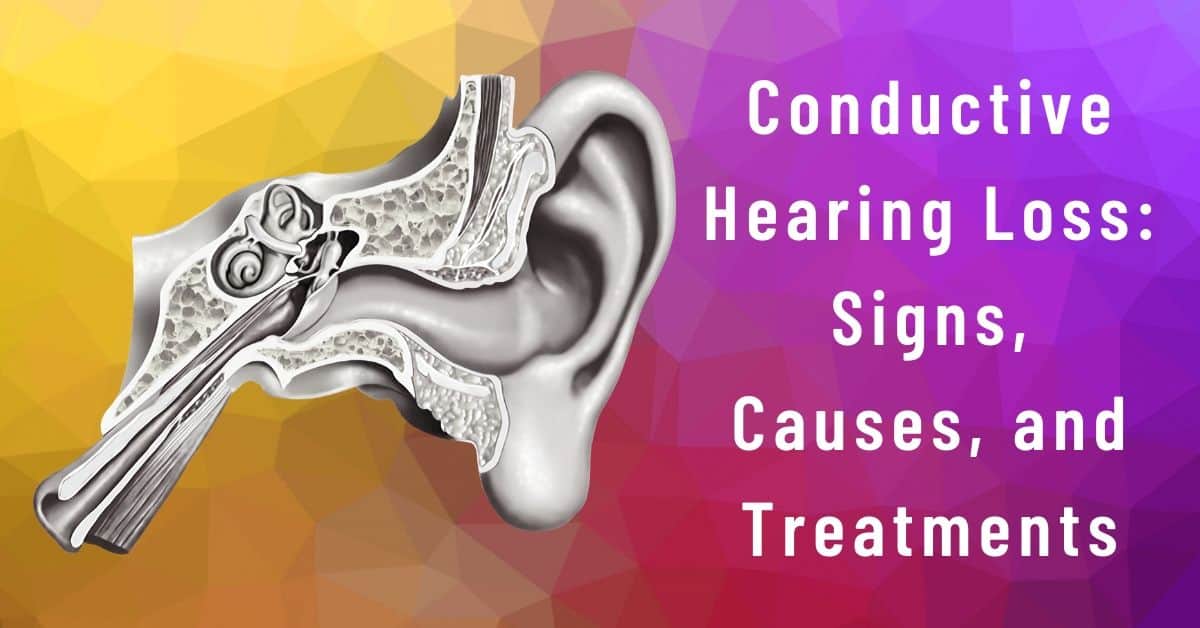When you think about hearing loss, you probably imagine straining to hear, asking people to repeat themselves several times, or feeling embarrassed when you can’t quite make out what’s been said. If you have hearing loss, you’re not alone. Nearly 40 million Americans have hearing loss, and many of these people are adults, teenagers, or even children. So what causes hearing loss, and what treatments are available?
Three Types of Hearing Loss
There are three main types of hearing loss that could be making it hard for you to hear the sounds around you. Sensorineural hearing loss affects the cells in the inner ear, and this hearing loss if often caused by exposure to loud sounds, or as part of the natural aging process. Conductive hearing loss affects the outer and middle ear, blocking sounds from ever reaching the inner ear. Finally, mixed hearing loss is a combination of both sensorineural hearing loss and conductive hearing loss, in which both the inner and outer ear is affected.
Conductive Hearing Loss
Conductive hearing loss often affects children and young people, and this hearing loss is caused by a blockage in the outer or middle ear. When sounds don’t reach the inner ear, the ear can’t translate sound waves into electrical impulses and send them to the brain. Even if the inner ear is healthy, your brain will never receive information about the sounds around you, and you’ll experience hearing loss.
Conductive hearing loss can be caused by:
- A buildup of ear wax in the ear canal that completely blocks the ear canal.
- A middle ear infection that can lead to a buildup of fluid in the ear canal or middle ear.
- A foreign object in the ear, such as a small piece of cotton swab, or an object inserted in the ear.
- Cholesteatoma, or a growth in the middle ear that prevents sound from reaching the inner ear.
- Otosclerosis, which can affect the bones of the middle ear, fusing them together so they aren’t able to transmit sound to the inner ear.
- A head or ear injury that damages the structures of the outer or middle ear.
- A perforated ear drum from an injury or infection.
Signs of Conductive Hearing loss
There are a number of signs of conductive hearing loss, and these can range from mild to severe. If you notice some or all of these signs, you should seek treatment immediately. Common signs of conductive hearing loss are:
- Sudden or unexpected hearing loss in one or both ears
- All sounds seeming muffled or blocked in one ear
- Feeling like your ear is full or stuffed
- Struggling to hear soft sounds at both high and low pitches
- A clear or yellow drainage from the ear
- Pain in the ear or head
- Dizziness or difficulty balancing
Treating Conductive Hearing Loss
If you have conductive hearing loss, there are several treatment options available depending on the cause of your conductive hearing loss. A comprehensive hearing test with a hearing health specialist is the first step to determining the cause and severity of your hearing loss. This test will show you exactly what sounds you’re missing, as well as identifying the cause of your hearing loss. There may be medical or surgical options to treat some forms of conductive hearing loss, and these can correct the ear structure, remove a buildup or earwax, drain excess fluid, and open a pathway for sounds to reach the inner ear. In some cases, the best treatment option is an implant, which will bypass the damaged structures in the middle ear and send sounds directly to the inner ear.
Treating Hearing Loss with Hearing Aids
Some cases of conductive hearing loss are best treated with a quality pair of hearing aids that will help you hear the sounds in the environment around you, and send these sounds to the inner ear. Today’s hearing aids are sophisticated digital devices that analyze the sounds around you, amplify sounds you struggle to hear, and help you focus on important speech sounds. They reduce distracting background noise, and make sure you hear exactly what you want to hear. Some are so small they’re nearly invisible, and with a remote-control app on your phone, you have complete control over how you hear.


